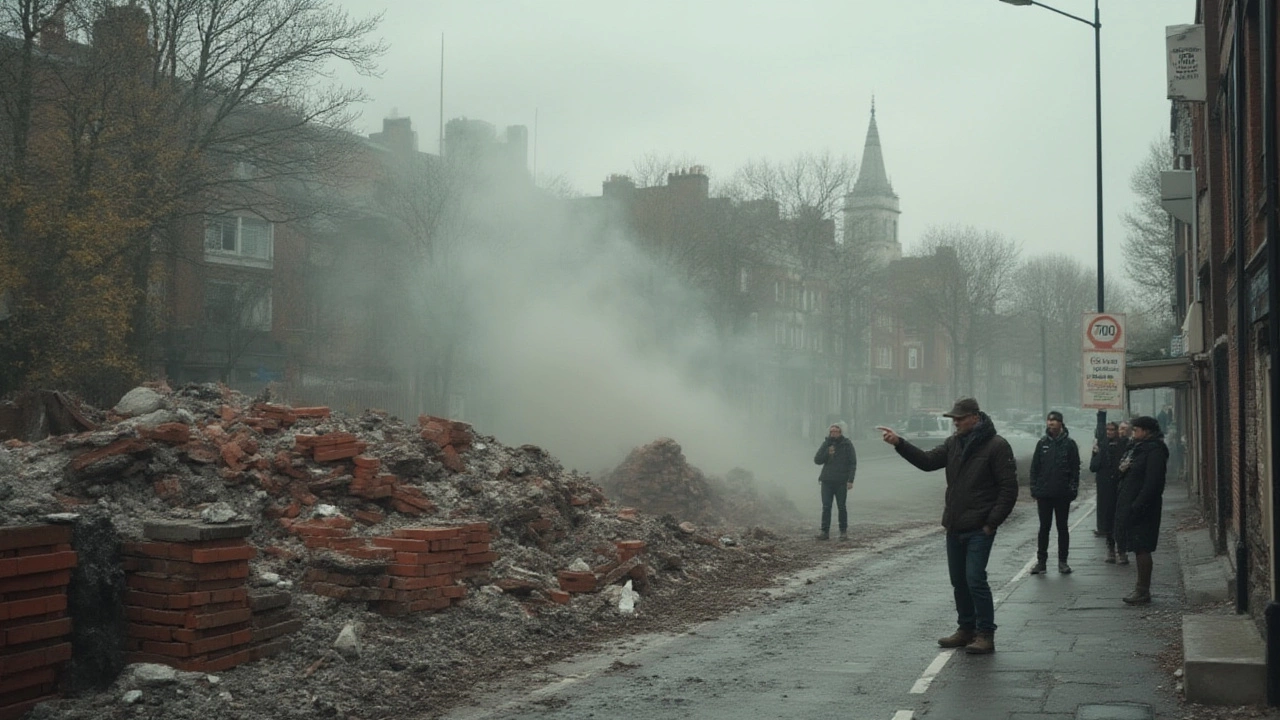Construction Impact on Environment – Quick Guide
Every time a new house, hotel or road pops up, the land around it changes. Trees get cut, soil shifts, and a lot of waste ends up in landfills. If you’re planning a build or just curious, you’ll want to know which parts of construction hurt the planet the most and what you can do about it.
Why Construction Hurts Nature
First, think about the raw materials. Cement, steel and brick use a lot of energy to make. That energy usually comes from fossil fuels, which add carbon to the air. A single tonne of cement can release as much CO₂ as driving a car for 1,000 miles.
Second, the site itself gets disturbed. Clearing trees means losing habitats for birds and insects. Soil gets compacted, making it harder for water to soak in. When rain runs off fast, it can cause erosion and pollute nearby streams.
Third, waste piles up. Off‑cuts, packaging and unused materials often end up in landfill. Even a small project can generate a ton of waste if it’s not managed well.
All these factors add up. The UK’s Future Homes Standard, mentioned in the "Eco‑Friendly Home Limits" post, tries to curb some of these emissions, but the rules are still catching up with real‑world building practices.
Simple Steps to Cut the Impact
Good news: you don’t need to be an engineer to make greener choices. Here are practical moves you can start today.
Pick low‑carbon materials. Look for timber that’s FSC‑certified, recycled steel or low‑impact bricks. The "Best Eco‑Friendly Building Materials" article lists options that perform well and keep the carbon count down.
Design for efficiency. Smaller floor‑areas, good insulation and proper orientation reduce heating and cooling needs. That also means a smaller foundation and less concrete.
Reuse and recycle. Keep any scrap on site and see if a local supplier will take it back. Many UK councils now have recycling hubs for construction waste.
Mind the site. Preserve as many trees as you can, use ground‑cover plants to stop erosion, and set up proper drainage to keep runoff clean.
Work with green‑focused builders. Some firms specialize in sustainable builds and can suggest greener options straight away. Checking their track record can save you headaches later.
When you combine these steps, the overall impact drops dramatically. A modest cottage built with recycled bricks and a timber frame can cut its carbon footprint by up to 30% compared with a conventional build.
In short, construction doesn’t have to be a disaster for the environment. By choosing smarter materials, planning efficiently and handling waste responsibly, you help keep the countryside beautiful and the air cleaner. Next time you think about a new place to stay or a renovation, remember these tips – they’re simple, they work, and they make a real difference.
What Building Materials Are Not Eco-Friendly? Top Materials To Avoid
Discover which common building materials are far from eco-friendly and how they harm the planet. Learn practical tips to make cleaner choices for any project.
